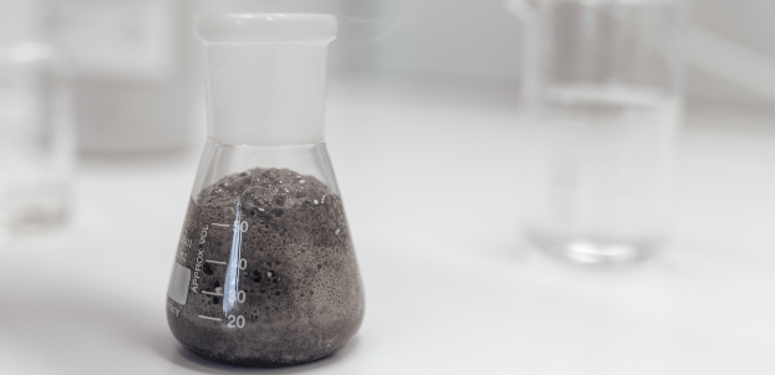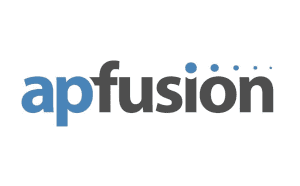Toronto, Ontario — Audi recently announced that it is working alongside a German university to develop a recycling method that would allow for the extraction of indium, gallium and even tin from incinerated waste.
Whether from vehicles or household waste, many of the electronic components that contain the aforementioned precious metals wind up in landfills, and ultimately incinerators.
This partnership between Audi and the Freiberg University of Mining and Technology aims to draw these materials out of slag and fly ash, and reintegrate them into Audi’s production cycle for use in fiber optics, photovoltaics, and semiconductors, for example.
Audi’s press release describes a process in which certain metal ions are able to be “tweezed” out of a given mass of fly ash.
“The challenge is to produce molecules that specifically bind the desired metal ions,” said doctoral student in chemistry and head developer of the process, Betty Leibiger.
“We then use an acid to make the tweezers release the ions.”
This approach allows the individual metal ions to be gradually separated out from the mixture and rendered in a purity that makes them usable in technological applications, according to the press release.
Should this project prove successful, it could represent an effective tool for retroactively extracting materials from improperly recycled/landfilled vehicles.


























